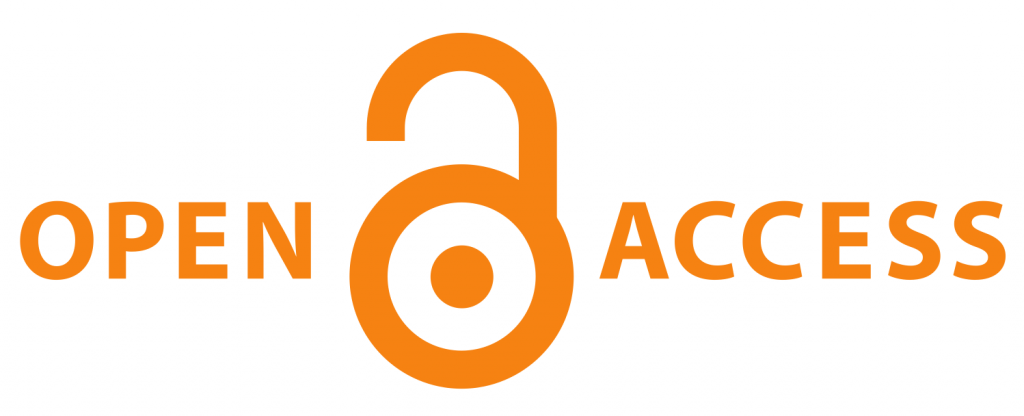Effects of Community Microfinance Fund on Human Development in Vihiga County, Kenya
Abstract
Community microfinance is valuable at all levels of societal development - politically, economically, and socially. It binds all developmental initiatives in society. It is an indicator of human development that provides people with varied chances of choices for the betterment of their living standards. Therefore, the study examined the effects of community microfinance on human development in Vihiga County of Kenya. It adopted a descriptive survey design and stratified sampling technique to select a sample size of
384 women respondents from a target of 12,000 members of microfinance institutions in Vihiga County. Multivariate regression model was used to analyze study findings and was anchored in the capability approach. The results indicate that majority of the respondents (66.9 %) had secured accounts with microfinance institutions whil 70.3% had secured loans from the institutions to improve their lives. Further, the study established that loans advanced were mostly used in educating the household members as evidenced by the 38.8% of respondents. This has positively influenced the literacy levels in Vihiga County, and since education is one of the measures of human development, an improvement in literacy level therefore, results in human development. The study also indicated the following: a mean of 1.67 and standard deviation of 0.471 for members with accounts, a mean of 1.70 and standard deviation of 0.457 for those that received loans from the microfinance, while the respondents who had no problems in repaying the loans had a mean of 2.30 and standard deviation of 1.015, while the calculated t-value was less than the critical value at 5% level of significance. The study concluded that indeed microfinance empowerment funds affect human development in Vihiga County since there was a real difference among the surveyed group members who were able to access the micro finance services. This study further recommends that funds should be made available at affordable interest rates so that communities can invest in projects that improve human well-being. Learning institutions including technical and vocational training institutions promote human development and should be considered priority projects. This should also be adopted in other counties in Kenya to achieve holistic development in the country.
Article Views and Downloands Counter
References
Bartlett, S., Hart, R., Satterthwaite, D., de la Barra, X., & Missair, A. (2016). Cities for children: children's rights, poverty, and urban management. ISBN 9781853834707,
Routledge. Blewitt, J. (2014). Understanding sustainable development. SBN 9781138205956, Routledge.
Fitzsimons, A., Hope, M., Cooper, C., & Russell, K. (2011). What is SAGE Publications.
Fort, A. L., Mwarey, D., Mbindyo, P. M., & Yang, A. (2015). Improved human resources for health policies and their effects on the christian health association of Kenya. Journal of Public Health in Developing Countries, 1(2), 45-55.
Ijaiya, A. M., Abdulkadir, I. R., Salam, O. M., Abdulrasheed, A., Abdullahi, B. I., & Ajayi, A. M. (2016). Access to microfinance and millennium development goals (MDGs): A review of the impact on developing countries. Journal of Sustainable Development in Africa, 18(5),163-172.
Kilimani, N. (2017). Youth Employment in Developing Economies: Evidence on Policies and and Interventions. DOI:10.19088/1968-2017.124
Moulaert, F. (Ed.). (2013). The international handbook on social innovation: Collective action, social learning and transdisciplinary research. Edward Elgar Publishing.
Mudulia, M. A., Ayiro, L. P., & Kipsoi, E. (2017). Relationship between Forms of Career Guidance, Academic Performance and Subsequent Career Choice of High School Girls: A Case of Vihiga County, Kenya. Journal of Education and Practice, 8(15), 194-206.
Mwarey, D., Yang, A., Mbindyo, P. M., & Fort, A. L. (2017). Improved Human Resources for Health Policies and their Effects on the Christian Health Association of Kenya.
Wawire, N. H., & Nafukho, F. M. (2010). Factors affecting the management of women groups' micro and small enterprises in Kakamega District, Kenya. Journal of European Industrial Training.
Njuguna, J., Kamau, N., & Muruka, C. (2017). Impact of free delivery policy on utilization of maternal health services in county referral hospitals in Kenya. BMC Health Services Research, 17(1), 429.
Nussbaum, M., & Sen, A. (Eds.). (1993). The quality of life. Clarendon Press.
Ochieng, A., Cheruiyot, T., & Tarus, D. (2017). Effect of economic and political empowerment on community well-being in Marsabit, Kenya. Journal of Public Policy & Governance, 1(1), 14-24.
Robeyns, I. (2000). An unworkable idea or a promising alternative?: Sen's capability approach re-examined (pp. 1-32). Kath. Univ. Leuven, Department Economie.
Robeyns, I. (2003). Sen's capability approach and gender inequality: Selecting relevant capabilities. Feminist economics, 9(2-3), 61-92.
Rubin, A., & Babbie, E. R. (2016). Empowerment Series: Research methods for social work.
Copyright (c) 2022 Africa Journal of Technical and Vocational Education and Training

This work is licensed under a Creative Commons Attribution-NonCommercial-ShareAlike 4.0 International License.
Copyright Notice Copyright of published articles is held by AfriTVET. No limitation will be placed on the personal freedom of authors to copy or to use in subsequent work, material contained in their papers. Please contact the Publisher for clarification if you are unsure of the use of copyright material. Apart from fair dealing for the purposes of research and private study, or criticism and or review, this publication may only be reproduced, stored or transmitted, in any form or by any means, with the prior permission in writing of the Publishers.


